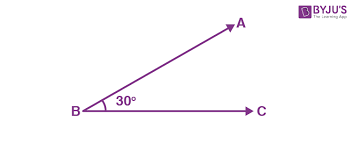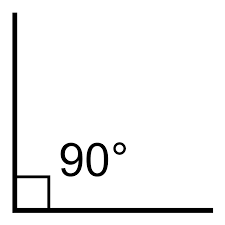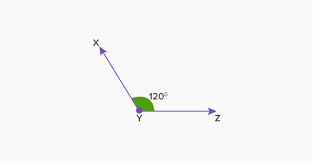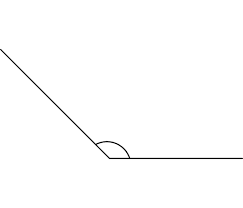Commutative property
True or False ?
The commutative property of multiplication tells us that when multiplying numbers, the order of multiplication does not matter.
True
Examples:
5x7=7x5=(35)
23x2=2x23=(46)
Write the 5-digit numbers
4. 50,000 + 5,000 + 800 + 9
4. 55,809
Use the commutative property to fill the missing values.
1). ×3=3×73
2). ×5=5×8
1). 73×3=3×73
2). 8×5=5×8
Adding decimals (up to 3 decimal digits)
1. 1.65+0.041=
2. 1.56+0.64=
1. 1.65+0.041=1.691
2. 1.56+0.64=2.20
Round to the nearest ten.
1. 5,932=
2. 6,192=
3. 6,588=
1. 5,932=5,930
2. 6,192=6,190
3. 6,588=6,590
Associative property
True or False?
The associative property of multiplication tells us that the way in which factors are grouped in a multiplication equation does not change the answer.
True
Examples:
8 + (2 + 3) = (8 + 2) + 3 = 13.
(6x5)x7= 6x(5x7)
(30)x7= 6x(35)
210=210
Write the 5-digit numbers
1. 70,000 + 1,000 + 100 + 40 + 6
1. 71,146
Use the associative property to fill the missing values.
1). (×8)×82=82×(×47)
HINT . . . what ever numbers are on one side of the equation, must be on the other side as well.
1). (47×8)×82=82×(8×47)
3. 0.167+0.84=
4. 1.88+0.71=
3. 0.167+0.84=1.007
4. 1.88+0.71=2.59
Round to the nearest ten.
1. 7,554=
2. 6,909=
3. 8,210=
1. 7,554=7,550
2. 6,909=6,910
3. 8,210=8,210
Distributive property
The distributive property of multiplication tells us that 5 x (2 + 3) is the same as 5 x 2 + 5 x 3.
True or False?
True
Examples
4(2 + 4) = (4 × 2) + (4 × 4) = 8 + 16 = 24.
7 × (20 - 3) = (7 × 20) - (7 × 3) = 140 - 21 = 119
3. 60,000 + 8,000 + 200 + 10 + 4
3. 68,214
Use the distributive property to make multiplication easier
1. 5×69=
2. 10×52=
1. 5 × 69 = (5 x 60) + (5 x 9) = 300 + 45 = 345
2. 10 × 52 = (10 x 50) + (10 x 2) = 500 + 20 = 520
1) _____ – 7.5 = 0.57
2) _____ – 0.3 = 6.7
1). 8.07
2). 7
Round to the nearest hundred.
1. 108=
2. 189=
3. 871=
1. 108=100
2. 189=200
3. 871=900
Measures less than 90 degrees.
Acute angles

Name this angle:

Right Angle
Rewrite the equations using the distributive property and find the answer.
6. 3×91=
7. 9×65=
6. 3 × 91 = (3 x 90) + (3 x 1) = 270 + 3 = 1273
7. 9 × 65 = (9 x 60) + (9 x 5) = 540 + 45 = 585
1). 0.08 ÷ 0.04 = ______
2). 0.10 ÷ 0.02 = ______
1) 2
2) 5
Round to the nearest hundred.
1. 60,862=
2. 721,597=
3. 423,969=
1. 60,862=60,900
2. 721,597=721,600
3. 423,969=424,000
Any angle greater than 90°
Obtuse angle

Name this angle:

Obtuse Angle because it is greater than 90 degrees.
Distributive property; Associative property; or Commutative property. You decide.
1). 3×66=66×3
2). 7 × 57 = (7 x 50) + (7 x 7) = 350 + 49 = 399
3). 5×(×43)=5×(×8)
1. Commutative property
2. Distributive property
3. Associative property
1. 7×0.09=
2. 5×0.10=
1. 7×0.09=0.63
2. 5×0.10=0.50
Round to the nearest thousand.
1. 652,044=
2. 9,255=
3. 74,108=
1. 652,04=652,000
2. 9,255=9,000
3. 74,108=74,000